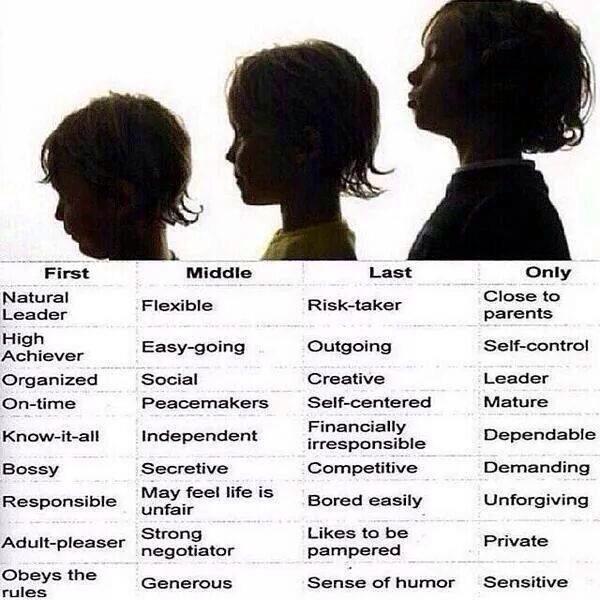ANALYSING DOCUMENTARIES
The following are all illustrations of the conventions and different types of documentary. There are also examples of the styles and techniques used in documentaries and factual Films and TV programmes.
These will prove invaluable for reflecting on during my practice as I look to experiment and stretch and push the limits of these possibly subverting them also.
OBJECTIVITY
Is the film/programme presenting a fair balanced view of all sides represented?
Is there any bias towards any particular sides of the piece?
Are all of the events accurate and truthful?
Are the events objective (impartial and not biased) and not subjective (based on personal feelings).
STYLES AND TECHNIQUES: PICTURE
Action Footage: People doing things work, play etc. Also landscapes,
GV,s. Usually shot for the purpose of the programme.
Library Footage: Archive material or footage recycled from other films etc.
People Talking: To each other unaware of, or camera not paid attention to.
People Talking: Aware of camera, carrying out action for the camera.
Interviews: One or more people answering structured questions.
Questions may be edited out and interviewer can be in or out of shot.
Re-enactments: Accurate portrayals of situations that cannot be filmed.
Still Photos: May be static or camera may move over them to add action.
Documents: Titles, headlines, graphics, cartoons etc.
Blank Screen: Causes us to reflect on what have seen and highlights sound.
STYLES AND TECHNIQUES: SOUND
Voice-Over: Audio interview to accompany pictures on the screen
Narration: Could be a narrator, the director himself or one of the participants.
Synchronous Sound: Sound recorded on tape during the filming. SOT
Sound Effects: Could be sound effect or atmosphere added during the edit.
Music: Great for establishing mood, tone and tempo of the film.
Silence: No sound can really draw our attention to the pictures on screen.
POINT OF VIEW
From who’s viewpoint is the story, events, facts told?
Omniscient: Film moves around in time and space, different viewpoints.
Character within the Film: Film seen from the viewpoint of one character.
Multiple characters: Unlike above a group of different viewpoints are used.
Personal: The opinion is solely that of the director.
TIME DEVELOPMENT
Event Centred: A central event that makes up the backbone of the film.
Process Film: A chain of events or stories building up to an ending.
Journey Film: A story with a beginning a middle and an end that we follow.
Walled City Film: Focuses on an individual institution or social group.
Historical Film: Bringing alive and demonstrating a historical event.












